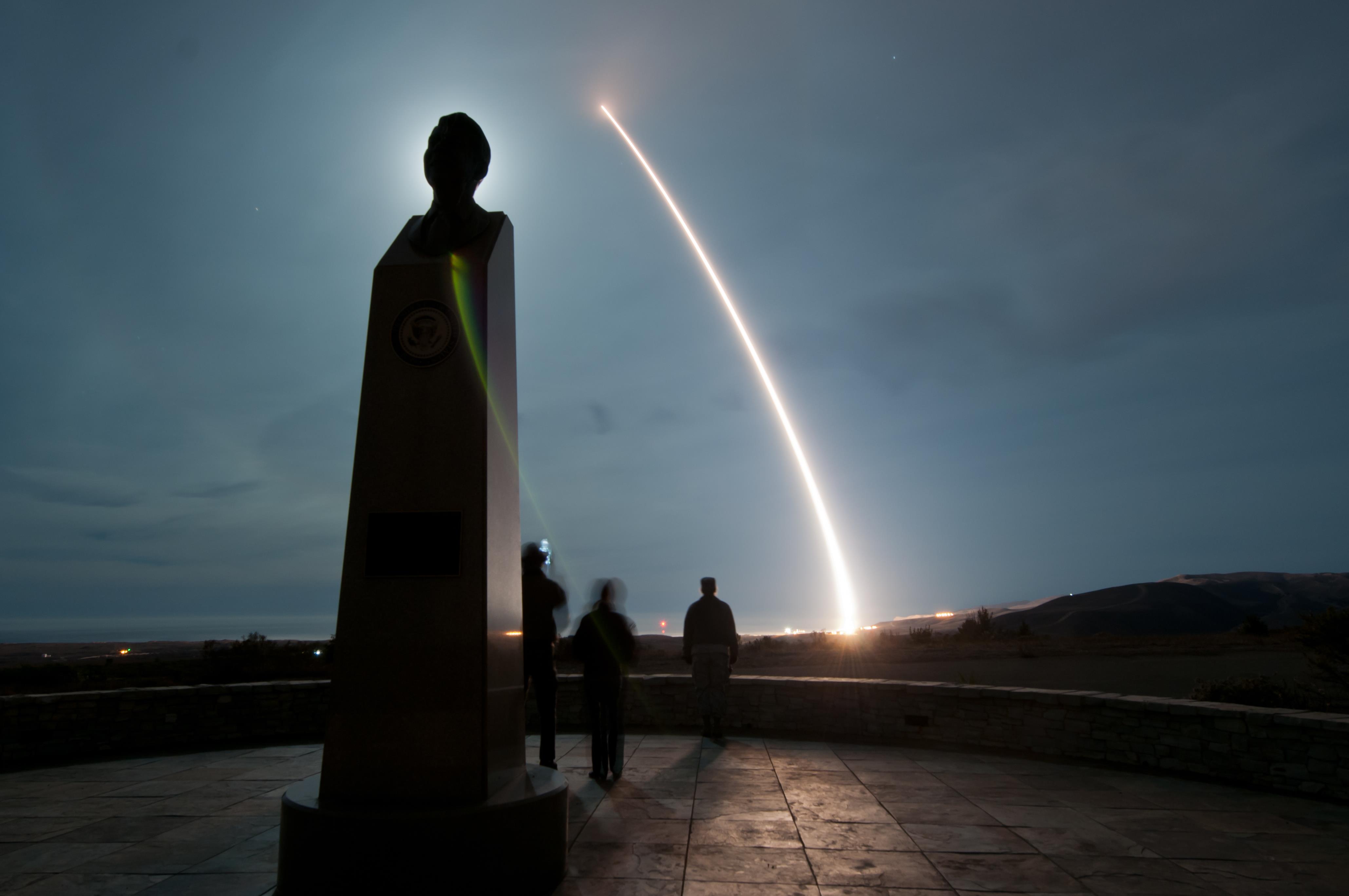High powered electromagnetic weapons (also known as high power radiofrequency weapons, or HPRFs) are currently being tested by NATO in Norway for non-lethal disabling of cars, bombs, sea vehicles, and unmanned aerial vehicles. This scientific breakthrough is significant for numerous reasons, one being that it can completely power down almost any kind of vehicle without injuring the driver. That means that even a car packed with explosives speeding toward a blockade can be powered down to a full stop and the driver can be apprehended without a bullet fired. Another reason it is an important military technology breakthrough is that it can be highly targeted,disabling only a particular vehicle or device without destroying all electronics in the area. Unlike other directed energy weapons, they can also be operated in poor weather.
 |
| An antenna is used to direct the energy generated from a given power source. That power is absorbed by the electronics inside the target and causes operational failure. Research and photo via George H. Baker, 2011. |
The military is taking interest in EMPs and directed energy weapons as they are both a valuable asset as well as a threat to critical operational systems and vehicles. Like NATO's car-disabling HPRF, the Laser Weapons System is another directed energy weapons being implemented by the military as soon as 2014. HPRFs are limited by their antenna, and portability is a concern, but they are simple enough that they can feasibly be built from spare microwave oven parts. The Army has been preparing vehicles such as the Abrams tank to withstand EMPs, and more counter-EMP technology will be researched as this counter-technology becomes a more significant threat to critical systems. Research into HPRFs indicates yet another strong counter-drone technological trend among the military and the international community, as these directed energy weapons can cripple any unmanned system within their range. It also brings the world closer to directed-energy weapons making appearances in modern warfare, and the inevitable need to build technologies that can counter directed-energy blasts.
 |
| An EMP device is hung above an M1 Abrams tank to test its ability to withstand EMP pulses at the White Sands Missile Range. Such pulses can be generated by HRPFs or nuclear blasts. Photo via US Army. |














_arrives_at_Mole_Pier_at_Naval_Air_Station_Key_West.jpg)